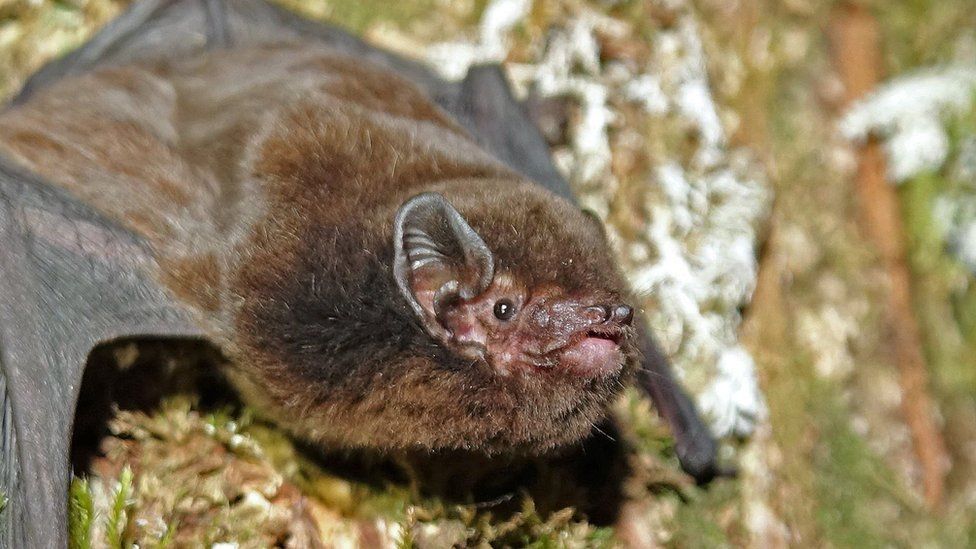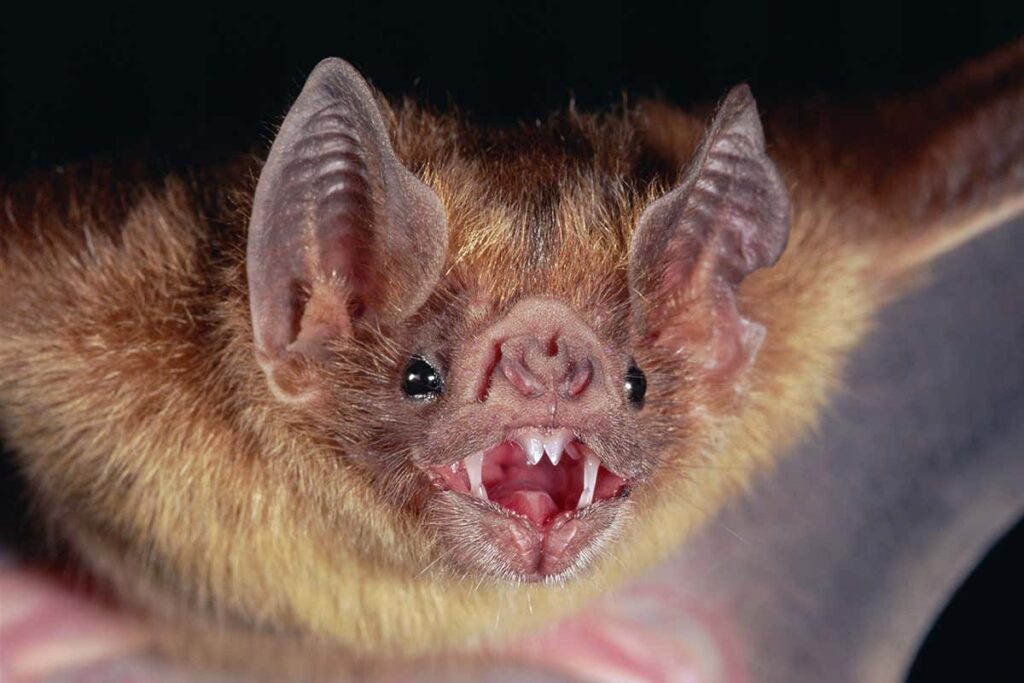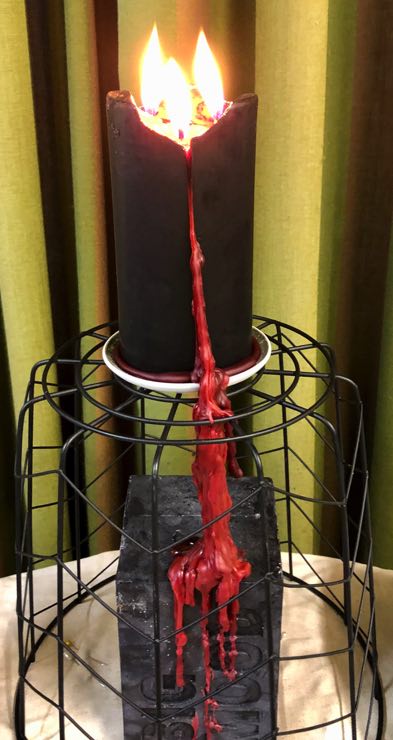Last weekend our house was packed. Overrun by small grandchildren dressed in various costumes from witches to superheroes, with a few movie characters thrown in. I believe Halloween has become a festival for children with some rather macabre decorations. I am not so keen on the “trick or treats”, but find some of the myths associated with Halloween fascinating. Interestingly, a couple of things I saw this week had a rather tenuous link to Halloween, but I thought I would share them.
Bird of the year is a Bat.

This year the bird of the year is the long-tailed bat. One of the two native bats in New Zealand. The image of a bat is widely used as decoration for Halloween, predominantly the vampire bat. It made me wonder where the name “vampire bat” came from and why it is associated with Halloween.
Vampire bats
The vampire bat is native to South America and lives entirely on blood. It was discovered by Europeans around the 16th century. Around the same time, there were stories in European folklore of mythical characters such as vampires who drank blood. Consequently, the blood-sucking bat became known as the vampire bat, which became its official name in 1810. Many believe that Bram Stoker first used the term in Dracula, but his book was not published until 1897, long after the vampire bat was officially named. Clearly, the popularity of Bram Stoker’s Dracula has cemented the link between vampires and bats. But, why these are related to Halloween remains a bit of a mystery.
Facts about vampire bats
- They have fewer teeth than other bats as they don’t have to chew their food
- They must eat at least every two days, or they will die.
- They feed on sleeping cows, pigs and horses. Rarely bite humans
- They drink about half their body weight in blood at one meal.
- The females live in colonies called “harems”. They allow a few “resident males.”
- They have a heat sensor on their nose to find prey
- They adopt the offspring of others and will feed each other with regurgitated blood.
- They can carry rabies.
Dracula candle
We light candles for many reasons. To celebrate birthdays, to create atmosphere for a romantic dinner and for symbolism in religious services. Candles have been part of our culture for centuries. There is something mesmerizing and peaceful about watching a candle burn. In the church, candles are used to represent hope, truth, and life. The light shining in the darkness.
How far that little candle throws his beam! So shines a good deed in a weary world.”
Merchant of Venice
This week I attended a service where we light a candle for the Trinity. The Priest, who likes to do things a little differently, brought a new candle. It is called a Dracula candle. I thought this was totally appropriate for a haematologist at Halloween.



Leave a Reply